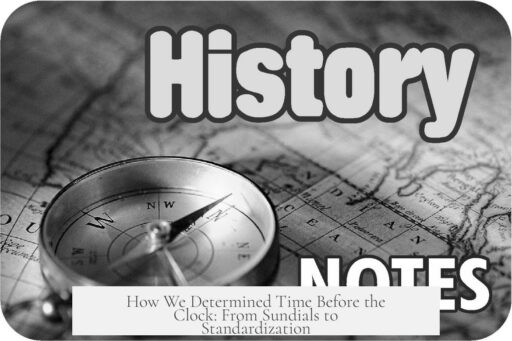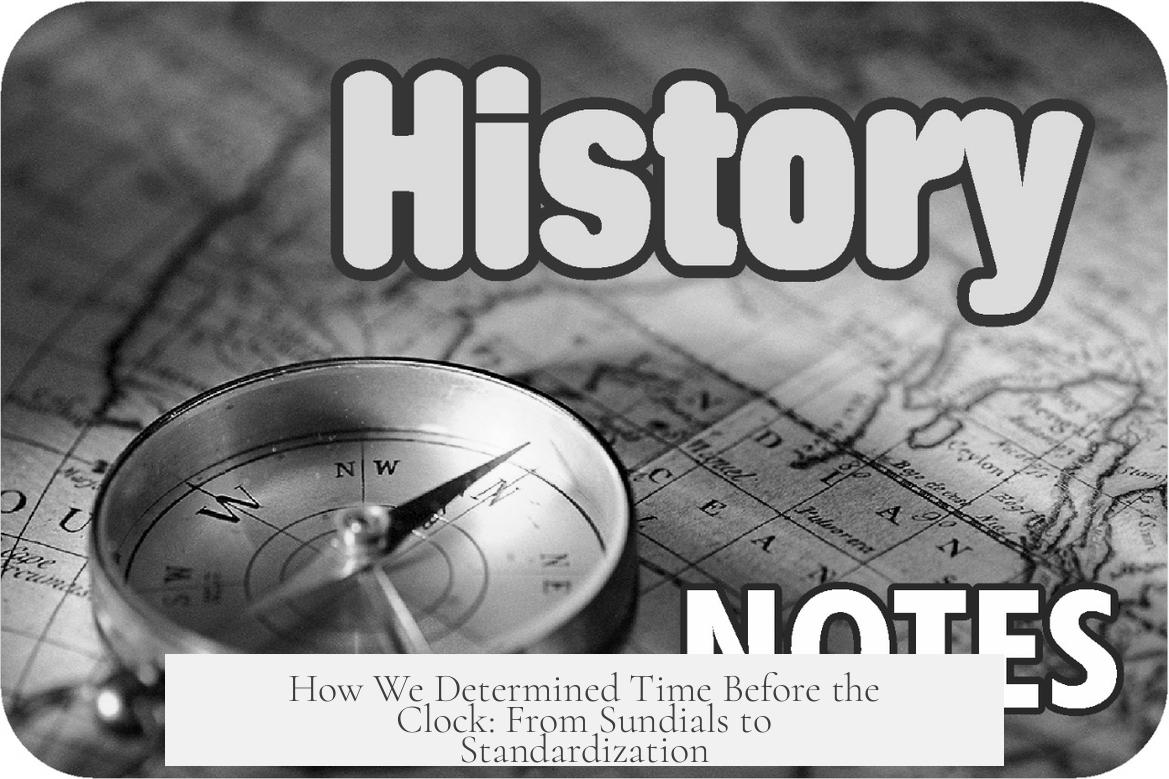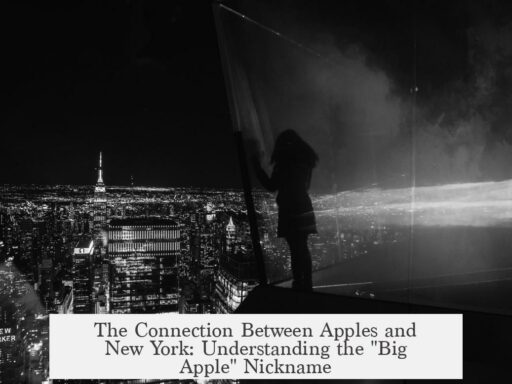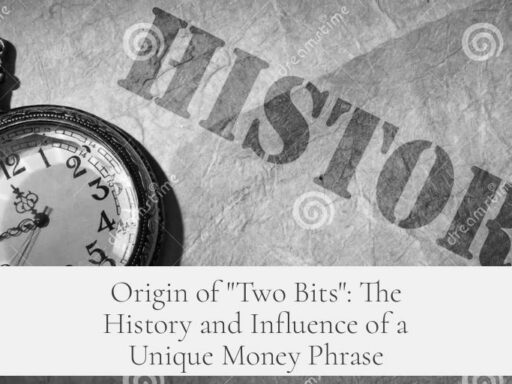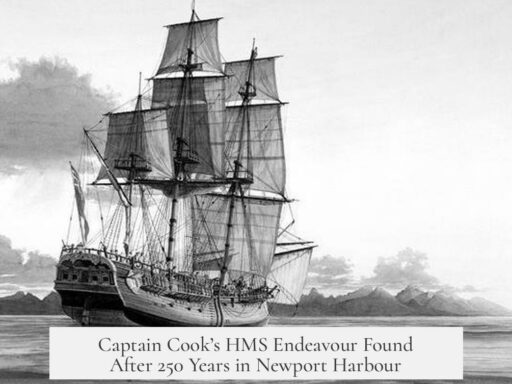We figured out what time it was when we invented the clock by using natural phenomena and social conventions to establish reference points, then refining mechanical devices to track passing intervals consistently.
Before clocks existed, people relied on visible signs like the position of the Sun. Sundials, the earliest form of timekeeping, measured time by the shadow cast by a stick or gnomon. As the Sun moved across the sky, the shadow shifted predictably. Dividing the shadow’s path into segments gave a rough measure of time during daylight.
Around the same era, sand dials and water clocks created fixed, repeatable measurements independent of light. Sand flowed at a nearly constant rate through a narrow passage. Water clocks used the steady flow of water from or into a container, marked in sections to indicate time intervals. For example, a container holding twelve buckets of water emptied from sunset to sunrise could show the night’s progress by the water level.
Their timekeeping began with observing natural cycles:
- Sunrise and sunset set the day’s boundaries.
- Noon was marked by the Sun’s highest point in the sky.
- Night was divided by phases of moon or stars.
When mechanical clocks emerged, people still needed a reliable way to set them. The standard was solar time—noon occurred when the Sun stood directly overhead. Instruments were adjusted accordingly to align with this marker. Pendulums and water flow rates were tuned based on such observations.
However, solar time presented problems. The Earth’s tilt and elliptical orbit caused the Sun’s apparent movement to vary throughout the year. Solar noon shifted slightly by date and location. Sundials functioned differently based on latitude, and even neighboring towns could have different Noon times. Additionally, the Sun rose earlier in western regions than in eastern ones, causing time discrepancies among places.
This became critical with technological advances like the railroad. Trains running on local solar time risked collisions if their schedules did not sync. To resolve this, society created standard time zones. Entire regions adopted the same official time regardless of localized solar time, improving coordination.
Standardized time ultimately relied on precise astronomical observations. Observatories calculated exact moments of local noon and shared official times. Greenwich, England, became the global reference point chosen due to its significance in navigation and the number of nautical charts originating there.
In modern times, we no longer base time on the Sun’s location. Instead, atomic clocks measure time through stable vibrations of atoms, offering unparalleled accuracy. The traditional 24-hour day remains a social construct defined by these precise intervals rather than natural celestial cycles.
Thus, the journey to knowing the time involved:
- Using natural cycles (Sun, shadow) as initial benchmarks.
- Developing mechanical devices (water clocks, pendulums) to count intervals.
- Setting clocks by solar observations (solar noon).
- Recognizing solar time’s inconsistencies and adopting time zones.
- Standardizing time coordinates globally via observatories.
- Defining time scientifically through atomic standards.
Time is a human-agreed system based on regular natural events, refined mechanically, and then redefined atomically. Our earliest step was simply correlating time with the Sun’s position. From there, the invention of clocks combined observation with invention to measure passing time accurately and consistently.
Key takeaways:
- Early clocks relied on shadows, flowing sand, and water to measure intervals.
- Solar noon acted as the primary reference to set early clocks.
- Uneven solar time led to the invention of standard time zones.
- Greenwich Mean Time became the global standard point of reference.
- Modern time uses atomic clocks, independent of celestial motions.
- Timekeeping is both a scientific and social convention.
How Did We Figure Out What Time It Was When We Invented the Clock?
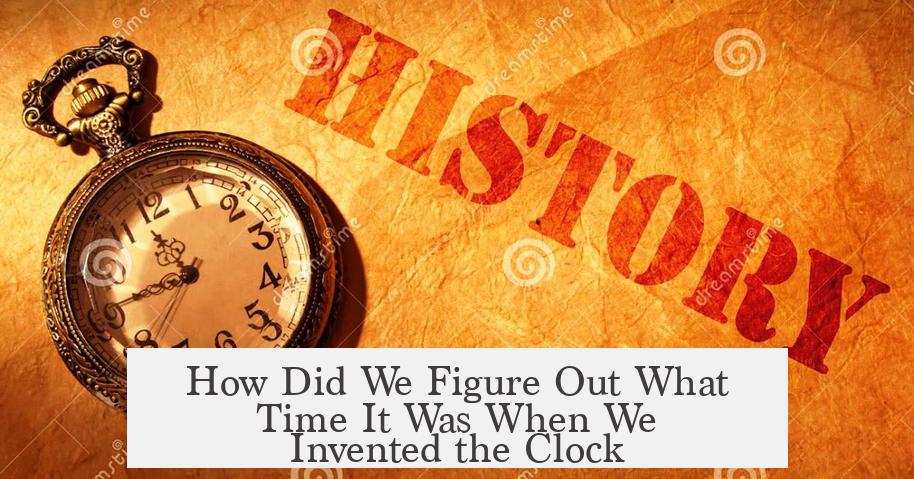
Figuring out what time it was when clocks were first invented started with watching the sky, especially the Sun. Early humans used the Sun’s position to divide the day, which laid the groundwork for the clocks that followed. But how exactly did they measure this elusive thing called “time”? Let’s journey through history and uncover how our ancestors ticked their hours.
At the very beginning, there were no fancy batteries or gears—just the natural movements of the Earth and sky. The earliest timekeeping devices were surprisingly simple, yet clever. Picture a stick in the ground casting a shadow. This is the humble sundial, the oldest clock in human history. As the Sun moves across the sky, the shadow moves too. People realized they could mark the shadow’s position at different moments of the day to divide time into chunks.
The sundial isn’t just a stick and shadow; it’s an ancient precision tool. By observing the Sun’s location in the sky, people knew when it was noon—when the Sun stood highest. This moment became the reference point to set other forms of clocks. Sundials, along with instruments like astrolabes, allowed ancient folks to track the Sun and stars, giving precise time for that day.
Early Clocks: Sand and Water
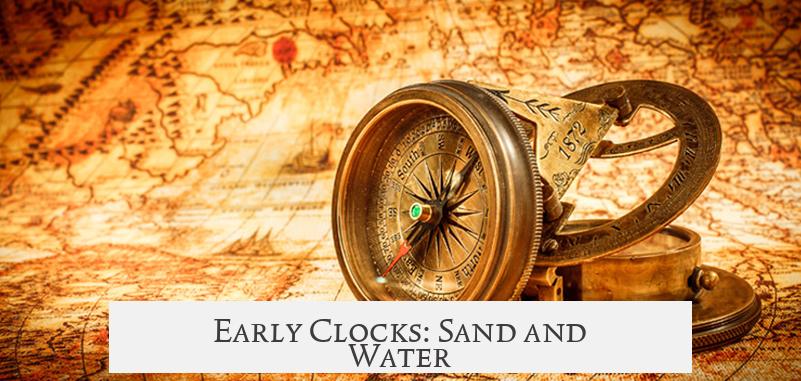
But the Sun didn’t always play fair. What about nights or cloudy days? Enter the sand dial—basically a tiny hourglass. Sand trickling at a consistent rate gave another way to measure fixed time intervals. Not super precise, but steady enough for simple daily tasks.
Water clocks took the idea further. Imagine a basin full of water with a small hole at the bottom. Water drips out at a constant rate. People would mark lines on the container, and how low the water level dropped showed them the time. For example, starting at sunset with 12 buckets of water and marking after each bucket emptied gave them a way to know when the night was halfway through—very practical for ancient night watchmen.
Setting Early Clocks: The Sun as the Master
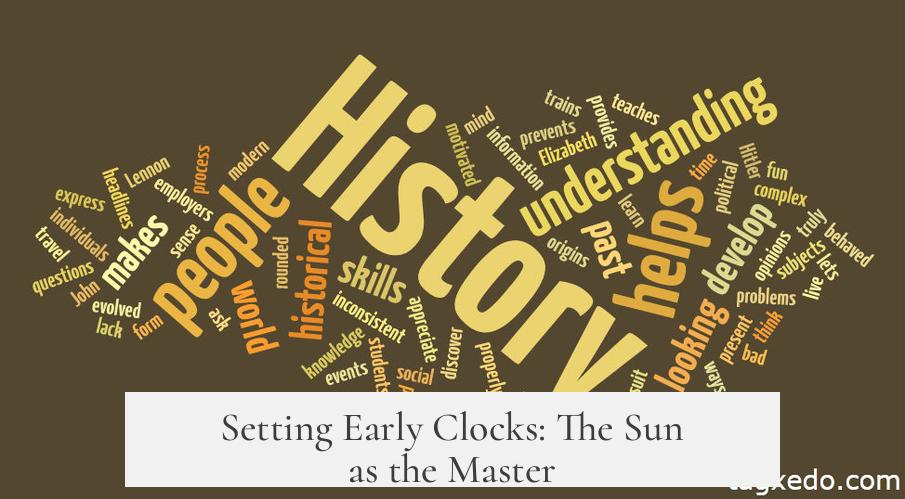
So, how did they set these early clocks? Let’s picture an ancient craftsman waiting until exactly noon—when the Sun is at its peak overhead. That moment sets the standard. He’d mark it on a sundial or adjust his water clock so it matched. This method was basically how time was aligned for centuries, even when mechanical clocks appeared later.
They adjusted clocks so they roughly matched solar time. Water flow rates were tweaked, clock pendulums got fine-tuned, all to sync with the Sun’s natural rhythm. Even simple social cues like “four fingers after sunrise” became informal time markers. But this way of telling time had limits.
Challenges with Solar Time
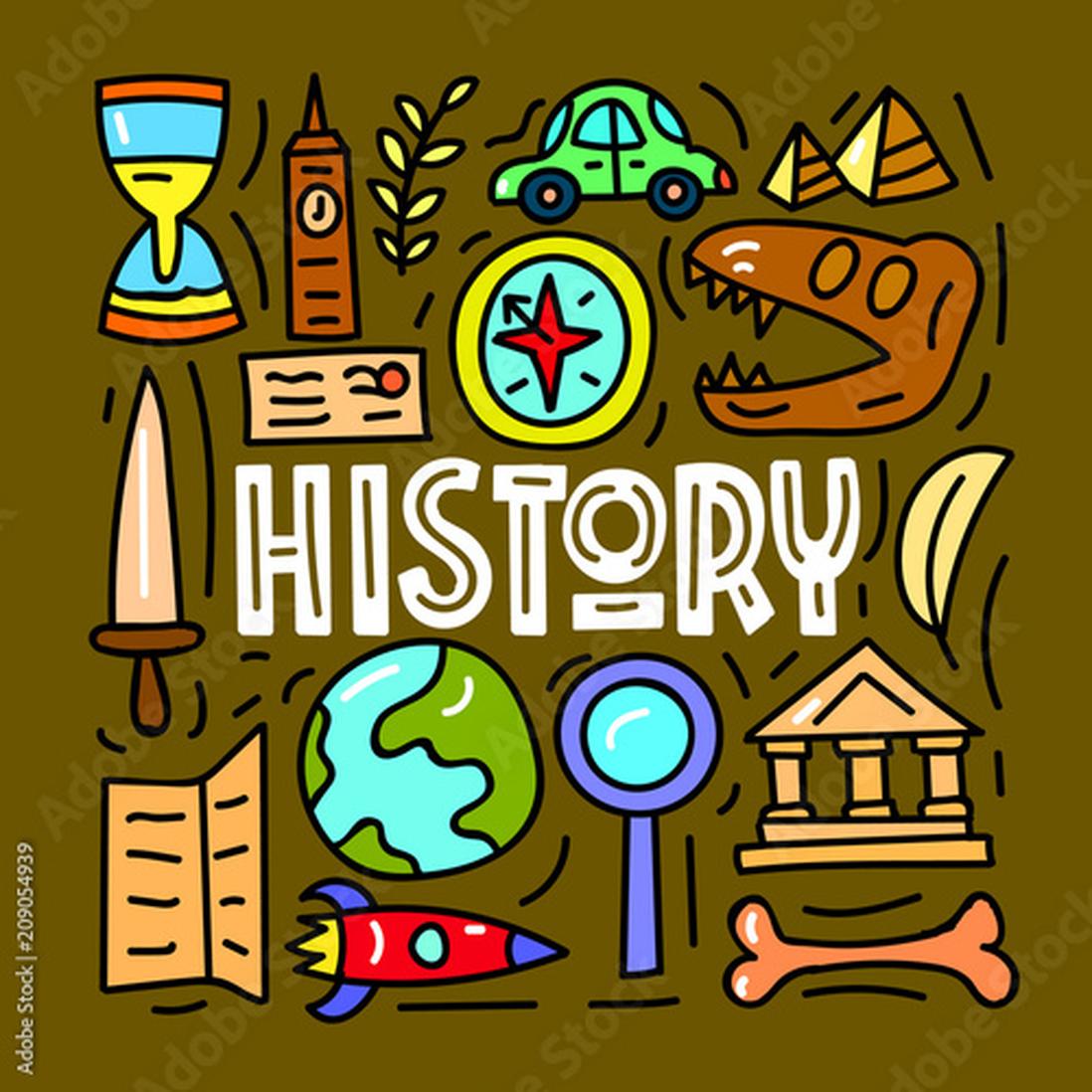
Sun-based timekeeping has its quirks. For starters, noon wasn’t a fixed moment. The Earth’s shape and slight tilt make solar noon drift a bit throughout the year. Sundials crafted for one location didn’t always work in another because the Sun’s path changes with latitude. Towns recorded events like eclipses or comet sightings that didn’t align perfectly with others far away.
Plus, people noticed the Sun rose earlier in the west than in the east—an obvious fact today but quite puzzling then. This meant no universal “noon” existed across long distances. Such inconsistencies became a problem, especially when travel and communication expanded.
The Railway Revolution and Time Standardization

Things got tricky when railroads began crisscrossing nations. Imagine trains running on local times differing by minutes or even seconds—collisions could happen! Railways needed a standardized time to avoid chaos.
The solution? Time zones—a human invention to create zones sharing the same clock time regardless of the actual Sun’s position. Rail companies pushed for a time system independent of local solar time, using mechanical clocks synced over wide areas. No longer would every town have its own clock angle; instead, vast regions agreed on one official time.
Greenwich Mean Time (GMT) emerged as the global anchor point. Why Greenwich? Because the United Kingdom created most of the nautical maps sailors relied on. Precise time meant better navigation—a matter of life and death for seafarers.
Modern Timekeeping: Beyond the Sun
Today’s timekeeping isn’t tied to the Sun at all. Atomic clocks measure time by counting vibrations inside atoms—far more precise than any shadow or droplet. Still, society agrees on how long a “day” lasts, and resets clocks in the morning as a social convention. Time isn’t some mysterious force; it’s a system we built so everyone can coordinate their lives.
So, What Did We Really Discover When We Invented the Clock?
We discovered that time is what we make it—an agreed-upon way to slice the endless flow of moments into manageable chunks. We started with the Sun and learned it wasn’t perfect, so we invented tools to measure time even when the Sun hid. Then, we standardized time to keep society running smoothly. Now, atomic clocks remind us time is both precise and flexible.
Imagine waking up in ancient times. Without a clock, your schedule relies on shadows or the stars. You have no idea if it’s 9 a.m. or 10. Our ancestors faced this every day and slowly crafted clever ways to answer the simple question, “What time is it?”
Next time you glance at your watch or phone for the time, think about that ancient stick in the dirt and flowing water bowls. From those humble beginnings, humans built an entire world moving to the rhythm of neatly divided hours, minutes, and seconds. And all of it started by just watching the Sun.
So, the invention of the clock is really the story of people learning to tell time by nature’s clues, improving their tools, and agreeing on shared standards. Would you trust a sundial to wake you up? Probably not, but it sure got us started on this fascinating journey to mastering time.
